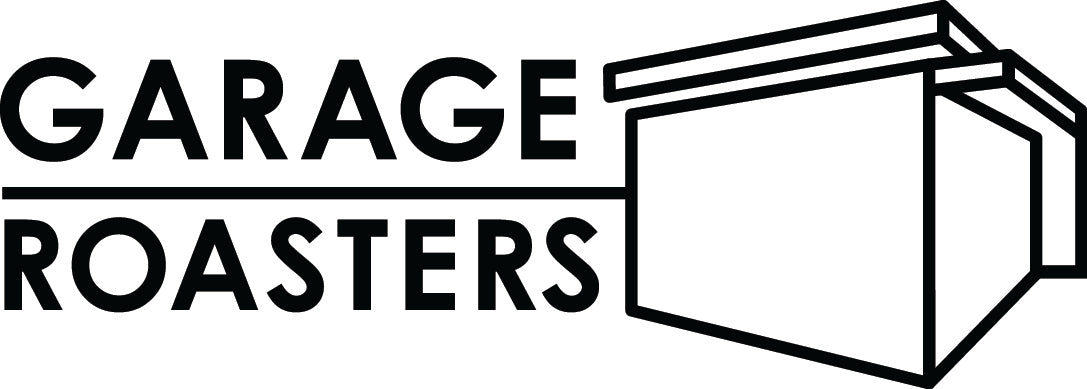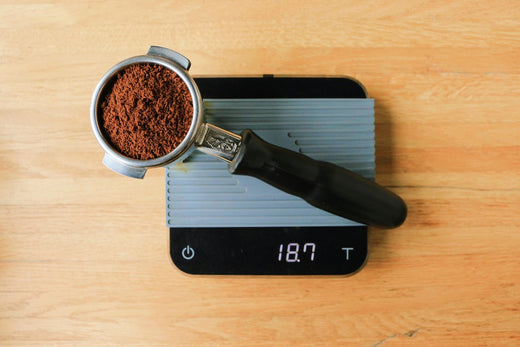Consistent portafilter dosing
I thought I’d start the first note (of what will likely be a relatively long series) about coffee grinders. Now coffee grinders are my favourite pieces of coffee equipment… bar none. Today I’ll discuss consistent and accurate dosing of coffee into the portafilter and the easiest way for me to do this is to write about the series of coffee grinders I have owned and used.
Helen and I started our coffee adventure with a cheap and cheerful Lelit Combi (I took a quick look on Google and cannot believe how expensive these machines are now!), the “Combi” letting you know that it can both grind and extract coffee. The grinder built into the machine has small diameter (43 mm) conical burrs. We used this machine for years and it produced decent coffee. We eventually upgraded to a grinder from what many people regard as the industry standard for coffee grinder manufacturers, Mazzer. The grinder we purchased was a Mazzer Mini Electronic featuring 68 mm flat burrs and I vividly remember the first time I got the grind just right and the espresso pouring out of the Lelit Combi looked like the most beautiful oil slick. The Mazzer was a very significant upgrade. Now both the Lelit Combi grinder and the Mazzer Mini Electronic store coffee beans in a container for coffee beans (the hopper) sitting just above the burr chamber. The Mazzer attempts to produce a consistent dose of ground coffee in the portafilter by using a timer to control the length of time the grinder is processing coffee. I was finding that I was getting some inconsistency in my extractions and decided to run the grinder multiple times with the same settings and weigh the output. For an 18 g basket I was finding that the does could be anywhere up to 2 g over or under the target dose weight.
At this point I decided that I would try going down the pathway of single dosing. This is a process whereby you weigh the amount of coffee you want in your portafilter and then feed it through the grinder making sure that there is minimal residual ground coffee within the grinder pathway. There are lots of things the user can do to hep minimise coffee retention in the grinder, but the easiest thing to do is to buy a grinder specifically designed for the purpose. I ended up purchasing an HG-1 hand grinder.
It’s a beautiful piece of kit where you feed the coffee in the top (to the side of the vertical drive shaft) and because of its design all of the coffee emerges via the bottom of the grinding mechanism. It’s elegant, different and works extremely well using its massive 83 mm conical burrs (the same burrs that are used by the largest Mazzer Robber grinders that you see in all of the large cafes). This approach totally solved my dosing consistency concerns.
The HG-1 was three grinders ago (and proudly sits on the kitchen bench of a close friend)… I’m happy to write about those other grinders in subsequent notes. In this series on grinders I’ll also go on to discuss burr geometry, seasoning burrs, coffee grind size distribution, and techniques for single dosing.
To read about a $750/kg coffee click here
To read about high end coffee equipment click here

